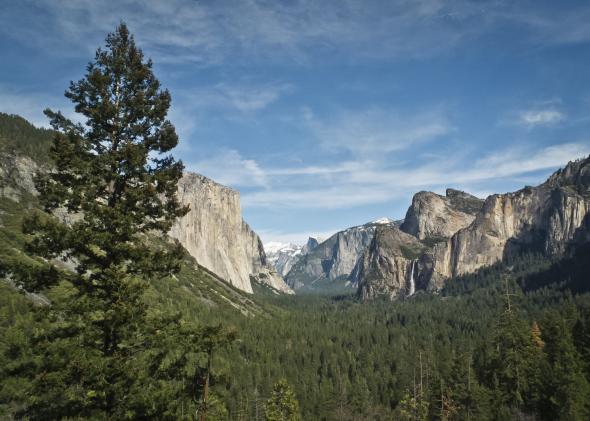This post originally appeared on Business Insider.
With so many nations unable to balance their budgets and government spending through the roof, it’s no surprise that the world has amassed about $54 trillion in total global public debt. But did you know that governments around the world also hold more than $75 trillion of public assets?
In nearly every country, the largest holder of wealth is not a large corporation or someone like Bill Gates, but the assets collectively held by the public. In their new book, titled The Public Wealth of Nations, Dag Detter and Stefan Fölster argue that better management of these enormous assets could drastically improve the economic well-being of nations, raising productivity and living standards, and even reducing the risk premium of public debt.
Citi’s Chief Economist, Willem Buiter, along with Detter and Fölster outlined these ideas in a recent report that also serves as a preview for the book set to be released in July. “Given that in most countries public wealth is larger than public debt, just managing it better could help to solve the debt problem while also providing the material for future economic growth,” the report finds. “A higher return of just 1 percent on global public assets would add some $750 billion to public revenues. Poor management not only throws money down the drain, but also forecloses opportunities.”
The authors add that an achievable return of 3.5 percent would put $2.7 trillion a year in the hands of governments, enough to cover the cost of national infrastructure spending worldwide. For this reason, assets such as government-owned corporations and real estate holdings—many of which are not accounted for in government balance sheets—all add value to public wealth that need to be recognized, the authors say.
For example, a U.S. national park likely has negative cash flows due to the annual operating expenses. However, the current financial value of that park could include the potential for future cash flows originating from activities like drilling, fracking, or real estate development.
“We are not advocating strip mining Yellowstone National Park, only outlining the way in which the federal government’s guardianship of Yellowstone National Park ought to be reflected in the federal government’s comprehensive balance sheet,” Buiter writes. “Only that way can a well-informed cost-benefit analysis be conducted to determine the socially optimal use of this public asset.”
But even so, the authors suggest that most governments don’t understand the full value of their assets.
They wrote:
[M]ost governments have more wealth than they are aware of, including the many nations currently caught in the grip of debt crises. Many of these troubled countries own thousands of firms, land titles, and other assets, which they have not valued, let alone manage for the common good. Public wealth is a gold mine waiting to be managed professionally for the common good. Like a gold mine, most of the wealth is not visible without some effort to bring it out in the open.
The U.S. has its own gold mine. According to the IMF, the federal government owns more than a quarter of all land in the country, as well as a real estate portfolio worth $1.5 trillion.
Plus, state and local governments have real estate holdings worth $6 trillion. Government-owned buildings, state and local-owned airports, as well as highways and Amtrak lines could all be better managed to make money, instead of bleeding it.
For example, if Amtrak reduced its operations to just 23 states, it could focus investment on the highly used, highly profitable lines, such as those in its Northeast Corridor.
Of course, this raises questions about the economic value of social return and whether “bridges to nowhere” for a few are worth the high cost. Still the potential benefits of these kinds of ideas seem too lucrative to ignore.
“In the U.S., for every 1 percent increase in yield from the federal government asset portfolio, total taxes could be lowered by 4 percent,” Detter and Fölster wrote. “This alone should make every individual citizen, taxpayer, investor, financial analyst, and stakeholder stand up and pay attention. And it should spur demand for action.”
Also read: Twitter Has Acquired an Artificial Intelligence Company
